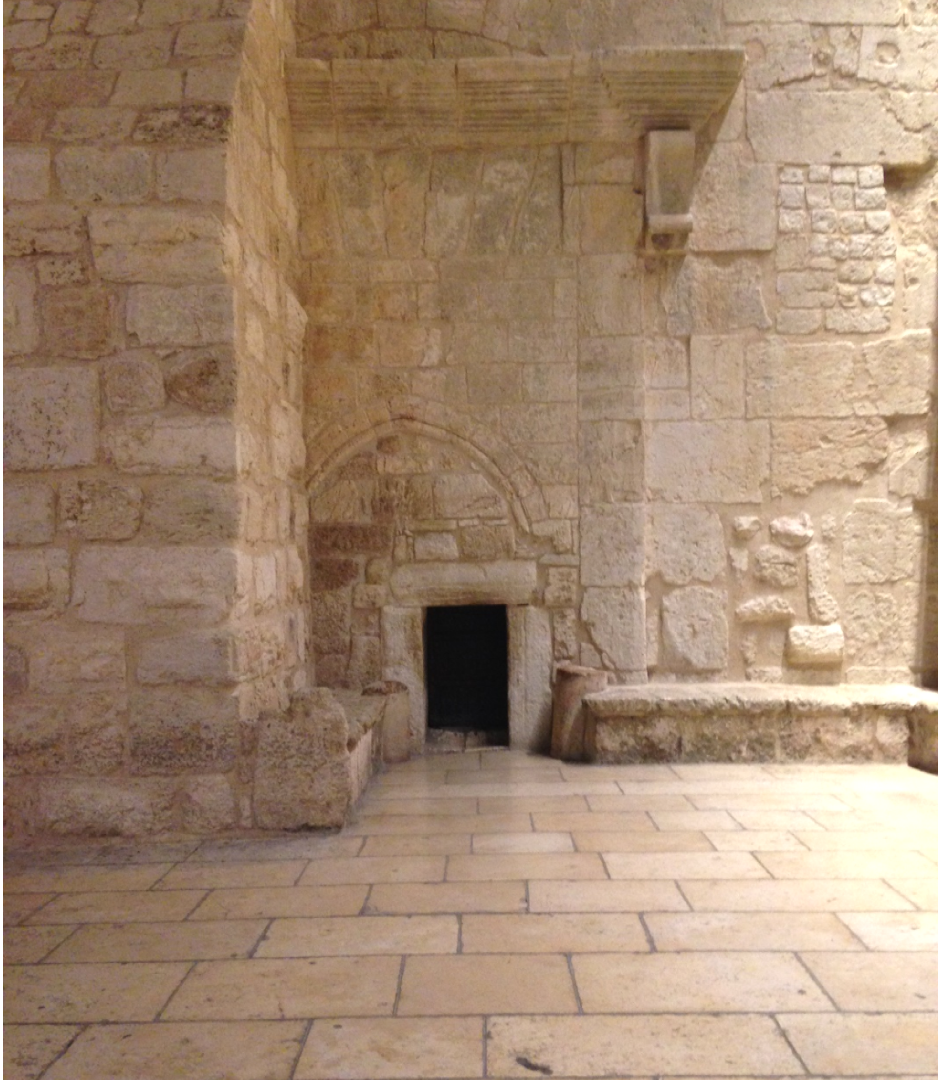Bowing as we Enter
June 3, 2019

From 2004-2007, I lived in the Palestinian town of Bethlehem in the West Bank. One of the most famous holy sites is the Church of the Nativity, housing the birthplace of Jesus. To enter the church, one must pass through the Door of Humility, which is “a small rectangular entrance to the church, created in Ottoman times to prevent carts being driven in by looters and to force even the most important visitor to dismount from his horse as he entered the holy place. The doorway was reduced from an earlier Crusader doorway, the pointed arch of which can still be seen above the current door. The outline of the Justinian square entrance can also be seen above the door.”[1]
It’s called the “Door of Humility” is because the smallness of the door requires one to bow in order to enter.
As I was recently rereading Bridge of Hope’s Neighboring Volunteer Training Manual, Strangers to Neighbors, the image of the door came to mind as I read about the “Spirit of Neighboring” as outlined in the manual. The Spirit of Neighboring is defined as:
- Openness and honesty both with your own feelings and those of others
- Assuming the best in other people instead of the worst, allowing communication to flow and remain open
- A posture of asking gentle questions instead of making accusations, opening doors to honesty in relationships
- Acknowledgment of one’s own imperfections and weaknesses in order to help build trust
- Cultural humility that acknowledges that each of our stories is unique and that our differences add richness and opportunity to our relationship
- Vulnerability, humility, and a willingness to withhold judgment and offer forgiveness to others and ourselves
- Letting go of preconceived ideas and assumptions, seeking to learn from each other
I love that this training helps Neighboring Volunteers to bow as they enter this new relationship with a family. This is indeed holy ground.
